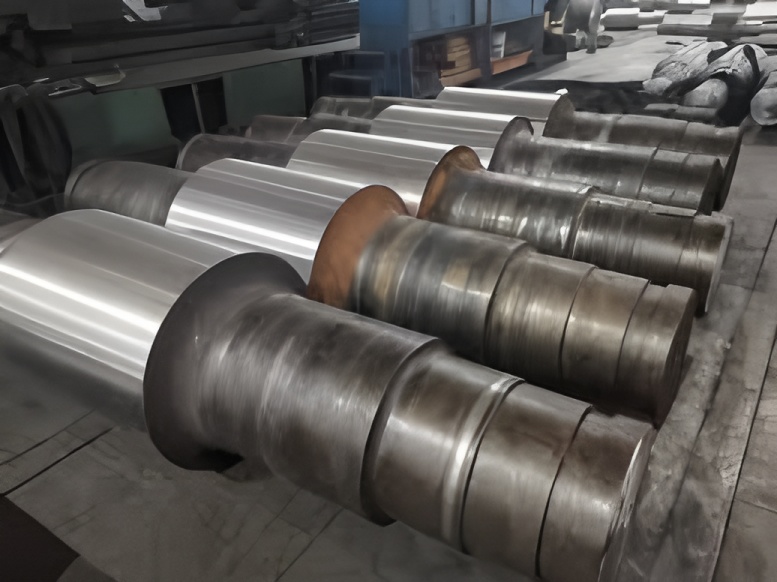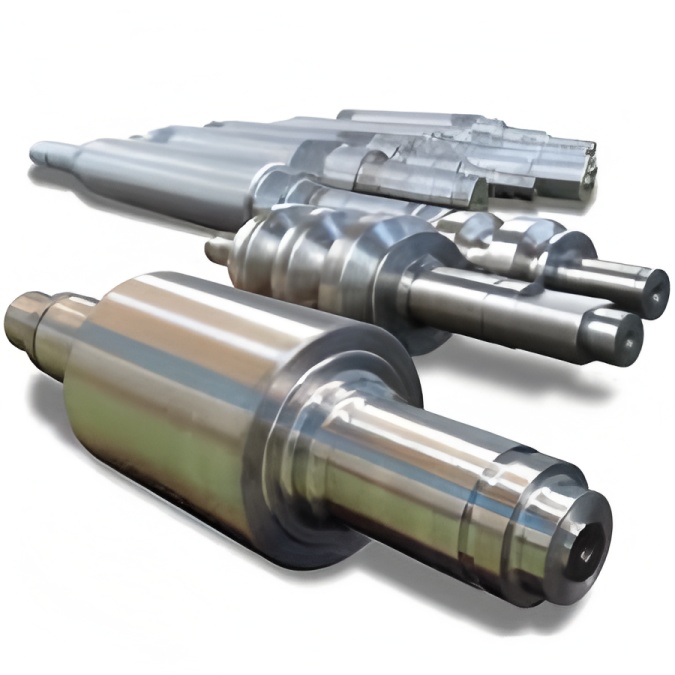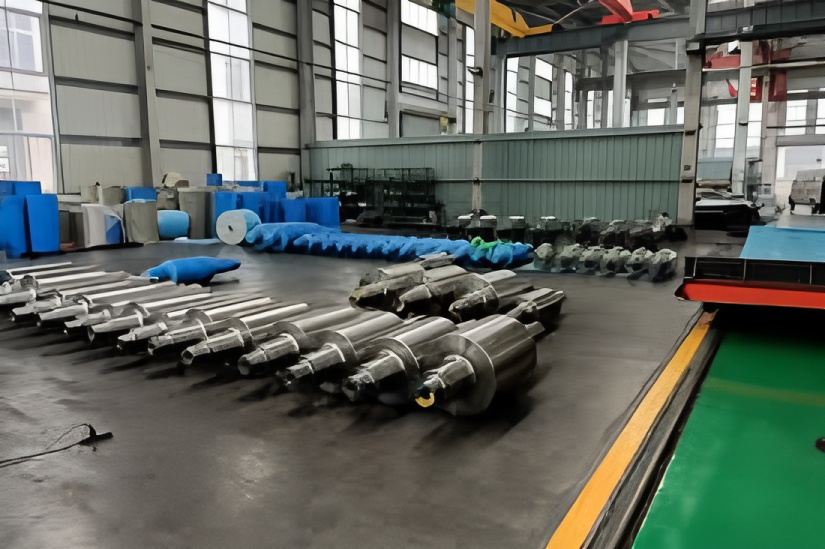Surface Quality of Cold Rolled and Galvanized Products
The stringent surface quality requirements make cold-rolled sheet a high-quality product. Within the metallurgical industry, cold-rolled sheet demands the most rigorous surface quality standards, particularly for wide, thin-gauge strips and products requiring excellent stamping performance. This aligns with downstream process needs like painting, coating, and stamping. For instance, Baosteel developed O3 and O5 grades specifically to supply automakers with cold-rolled products possessing superior surface quality. Generally, cold-rolled surface quality is categorized into three levels: standard, improved, and advanced, as defined in relevant standards. The table below outlines potential surface defects in cold-rolled products, along with their associated processes and causes. Note that this list may not be exhaustive, and causes may require further verification and supplementation through practical production experience.
Surface Defects in Cold Rolled Steel Sheet and Strip
Unacceptable Defects
Bubbles
Process: Steelmaking
Cause: Formed during steelmaking and not welded shut in hot rolling; exposed after pickling and cold rolling.
Cracks
Process: Steelmaking, hot rolling, cold rolling
Cause: Result from thermal stress in steelmaking, rolling deformation, or stress concentration during processing.
Scabs or Nodules
Process: Pickling, cold rolling
Cause: Unremoved scale during pickling becomes embedded into the surface during rolling.
Tension Cracks
Process: Cold rolling, galvanizing, leveling
Cause: Excessive tension, severe tension fluctuations, or unstable tension control.
Inclusions
Process: Steelmaking
Cause: Originate from the steelmaking process.
Folds
Process: Hot rolling, cold rolling
Cause: Metal that adheres and flows during rolling is re-rolled into the sheet surface.
Lamination
Process: Steelmaking, hot rolling, cold rolling
Black Film or Black Strip
Process: Pickling
Cause: Ineffective drying after pickling.
Emulsion Stains
Process: Cold rolling, temper rolling
Cause: Residual emulsion remaining on the strip surface.
Wrinkles and Folds
Process: Pickling
Barbs or Burrs
Process: Cutting
Cause: Dull cutting blades, excessive misalignment between upper and lower blades, incorrect blade angle.
Defects Permitted with Limits, Graded by Severity
Pockmarks
Process: Cold rolling, temper rolling
Cause: Adhesion of the metal matrix to the high-speed rotating rolls.
Scratches
Process: Various, handling
Abrasion Marks
Process: Handling
Blue Oxide Discoloration
Process: Cold rolling, temper rolling
Cause: Frictional heating during rolling oxidizes the metal, particularly prone at strip edges.
Light Yellow Pickling Stain
Process: Pickling
Cause: Inadequate drying after pickling.
Roll Marks
Process: Cold rolling, temper rolling
Cause: Issues related to the rolls.
Scrapes
Process: Handling
Pits
Process: Cold rolling
Cause: Caused by rolls or surface inclusions being rolled out.
Other Surface Defects
Coil Blockage (Bonding)
Process: Batch Annealing
Cause: Reduction of residual iron powder to pure iron under long-term heating in a hydrogen atmosphere; also related to coiling tension and cooling rate.
Carbon Soot (Surface Carbon)
Process: Batch Annealing
Cause: Decomposition of residual rolling oil forming carbon deposits on the coil surface in a high-temperature hydrogen atmosphere.
Rust/Corrosion
Process: Storage & Transportation
Cause: Poor anti-rust oil quality, insufficient/oil application, or high humidity in storage.
Under-pickling
Process: Pickling
Cause: Residual iron scale not completely removed.
Over-pickling
Process: Pickling
Cause: Visible rolling marks remain on the surface due to excessive pickling.



